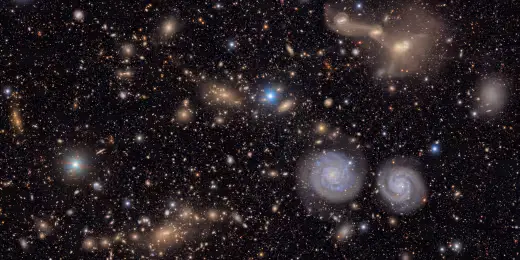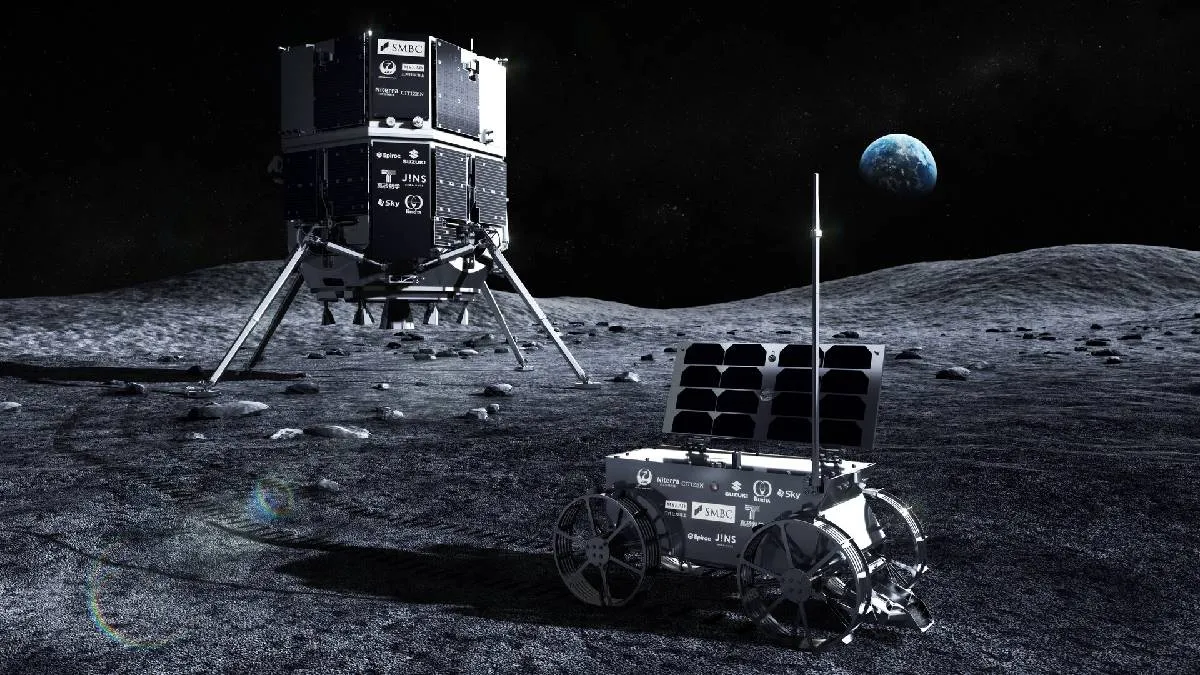World's Largest Digital Camera Unveils Stunning First Images of Galaxies and Celestial Clashes
The Vera C. Rubin Observatory's Legacy Survey of Space and Time camera has captured its first breathtaking images, offering an unprecedented glimpse into distant galaxies, cosmic collisions, and the vast structure of the universe.
In a monumental leap for astronomy and astrophysics, the world’s largest digital camera — part of the Vera C. Rubin Observatory — has successfully captured its first images, revealing sprawling galaxies, dramatic cosmic collisions, and intricate patterns of starlight that stretch billions of light-years into space. The images, released by the team behind the Legacy Survey of Space and Time (LSST), mark a historic moment in our quest to understand the origins and fate of the universe.
Located atop Cerro Pachón in northern Chile, the Rubin Observatory is home to a 3,200-megapixel camera — the most powerful digital imaging device ever built for optical astronomy. This state-of-the-art instrument will ultimately survey the entire visible sky every few nights for the next decade, creating the most detailed movie of the universe ever assembled. ### A New Era of Skywatching BeginsThese first images — called “first light” photographs — show incredibly detailed snapshots of faraway galaxies, nebulae, and dynamic cosmic events.
They include:- A galaxy cluster undergoing a violent collision - A spiral galaxy viewed with remarkable clarity - Star nurseries where new suns are forming - The distorted shapes of galaxies affected by gravitational lensing“This is a transformative moment,” said Dr. Elena Ramirez, principal investigator at the Rubin Observatory. “We’re not just taking pictures — we’re opening a window into the history of the universe, and possibly its future.
”The initial targets were selected to demonstrate the capabilities of the LSST camera, and they did not disappoint. One image reveals a cosmic collision between two galaxies, their stars thrown into vast arcs and streams as the massive structures merge. Another highlights a perfectly defined spiral galaxy, its arms glittering with newborn stars and interstellar dust.
### What Makes the Camera Special?The LSST camera is unlike anything the world has seen before:- Resolution: With 3. 2 billion pixels, the camera can spot a golf ball from 15 miles away. - Field of View: It can capture a patch of the sky seven times the size of the full moon in a single shot.
- Sensitivity: The camera is so powerful it can detect objects 100 million times fainter than the human eye can see. To manage such massive data, the observatory uses cutting-edge computational infrastructure that will ultimately handle 20 terabytes of data per night. Over the next ten years, the LSST is expected to accumulate over 60 petabytes of images and catalogs — all freely available to scientists and the public.
“The camera is a marvel of engineering,” said Dr. Marcus Lin, lead optical systems engineer. “Every aspect — from the lenses to the cryogenic system that keeps the sensors at -100°C — has been optimized for performance and longevity.
”### Unlocking the Secrets of the UniverseThe LSST project is more than a technological achievement — it’s a scientific revolution. Its mission is to answer some of the biggest questions in astronomy:- What is dark energy? By mapping the distribution and movement of galaxies, LSST data will help refine our understanding of this mysterious force driving the expansion of the universe. - What is dark matter made of? Observing how mass bends light (gravitational lensing) can provide clues about the invisible matter that makes up most of the universe.
- How do galaxies form and evolve? By observing billions of galaxies over time, scientists can piece together the life cycles of these enormous structures. - Are there dangerous asteroids? The LSST will also track near-Earth objects with unprecedented accuracy, improving planetary defense. - Are we alone? While not designed for SETI, the camera could incidentally detect rare phenomena that may include artificial or unexplained signals.
“This is a telescope of the people,” said Dr. Linda Choi, one of the LSST’s science leads. “The discoveries won’t be limited to elite institutions.
Citizen scientists will also have the tools to explore the universe. ”### Designed for Speed and ScopeOne of the most innovative aspects of the LSST is its rapid survey strategy. Unlike traditional observatories that focus on a small section of the sky for long periods, the Rubin Observatory’s telescope will scan vast portions of the sky rapidly and repeatedly.
Every three nights, the entire visible sky will be imaged, enabling real-time monitoring of transient events like:- Supernova explosions - Gamma-ray bursts - Variable stars - Potentially hazardous asteroids - Gravitational wave follow-upsThese fast-cadence observations are ideal for time-domain astronomy — the study of how astronomical objects change over time. “It’s like upgrading from still photography to video,” said Choi. “We’ll be able to watch the universe in motion.
”### International CollaborationThe LSST is the result of global cooperation, with support from institutions in the United States, Chile, France, Japan, the UK, and more. Funding has come from the National Science Foundation, the Department of Energy, and numerous international partners. In particular, Chile has played a vital role as the host country.
The clear, dry skies of the Atacama Desert provide optimal conditions for deep-space observation, and the Rubin Observatory is now one of the crown jewels of Chilean science infrastructure. “We’re proud to host this world-changing project,” said Carla Díaz, Chile’s Minister of Science. “It shows how science can unite nations for a common purpose.
”### The Public’s ViewOne of the project’s core values is open data. All images and discoveries will be made available to the public, with user-friendly platforms that allow anyone with an internet connection to explore deep space. Plans are already in place for interactive visualizations, educational tools for classrooms, and live broadcasts of the nightly sky scans.
For educators and amateur astronomers, the Rubin Observatory may become one of the most important resources of the coming decade. “It’s democratizing the cosmos,” said Choi. “The wonder of discovery will no longer be confined to observatories.
It will belong to everyone. ”### What’s Next?Now that first light has been achieved, the Rubin Observatory is entering its calibration phase. Engineers will spend the next few months aligning the camera, testing systems, and refining software.
By 2026, the LSST is expected to be fully operational, beginning its ten-year survey of the southern sky. In the meantime, the first images offer a taste of what’s to come — and the excitement among the scientific community is palpable. “These first photos are just the beginning,” said Ramirez.
“Soon, we’ll be looking deeper into the universe than ever before. And who knows what we’ll find?”Whether it’s mapping dark energy, spotting the next supernova, or capturing a glimpse of a galaxy colliding in slow cosmic motion, the Vera C. Rubin Observatory promises to transform not just what we see — but how we see the universe.
And it all begins with a click from the world’s most powerful camera.
7th July 2025



